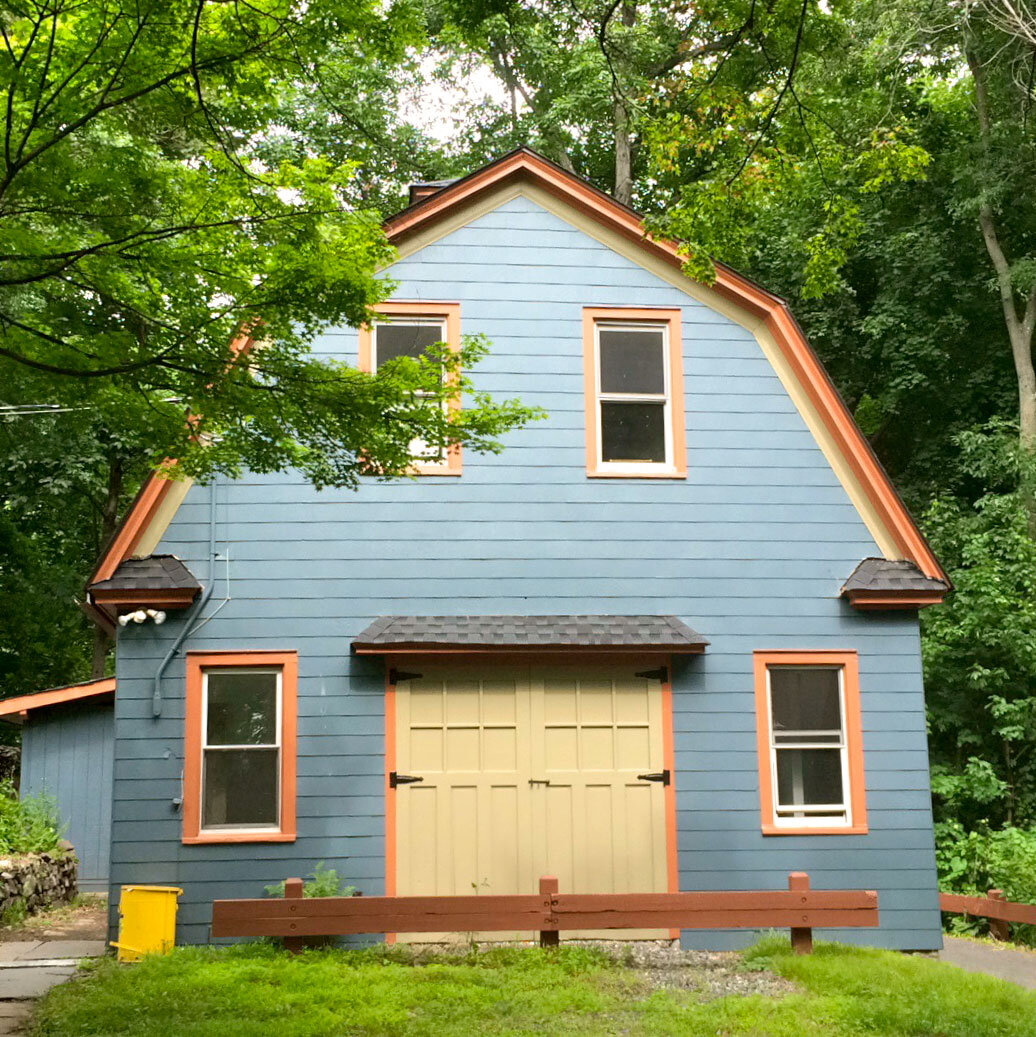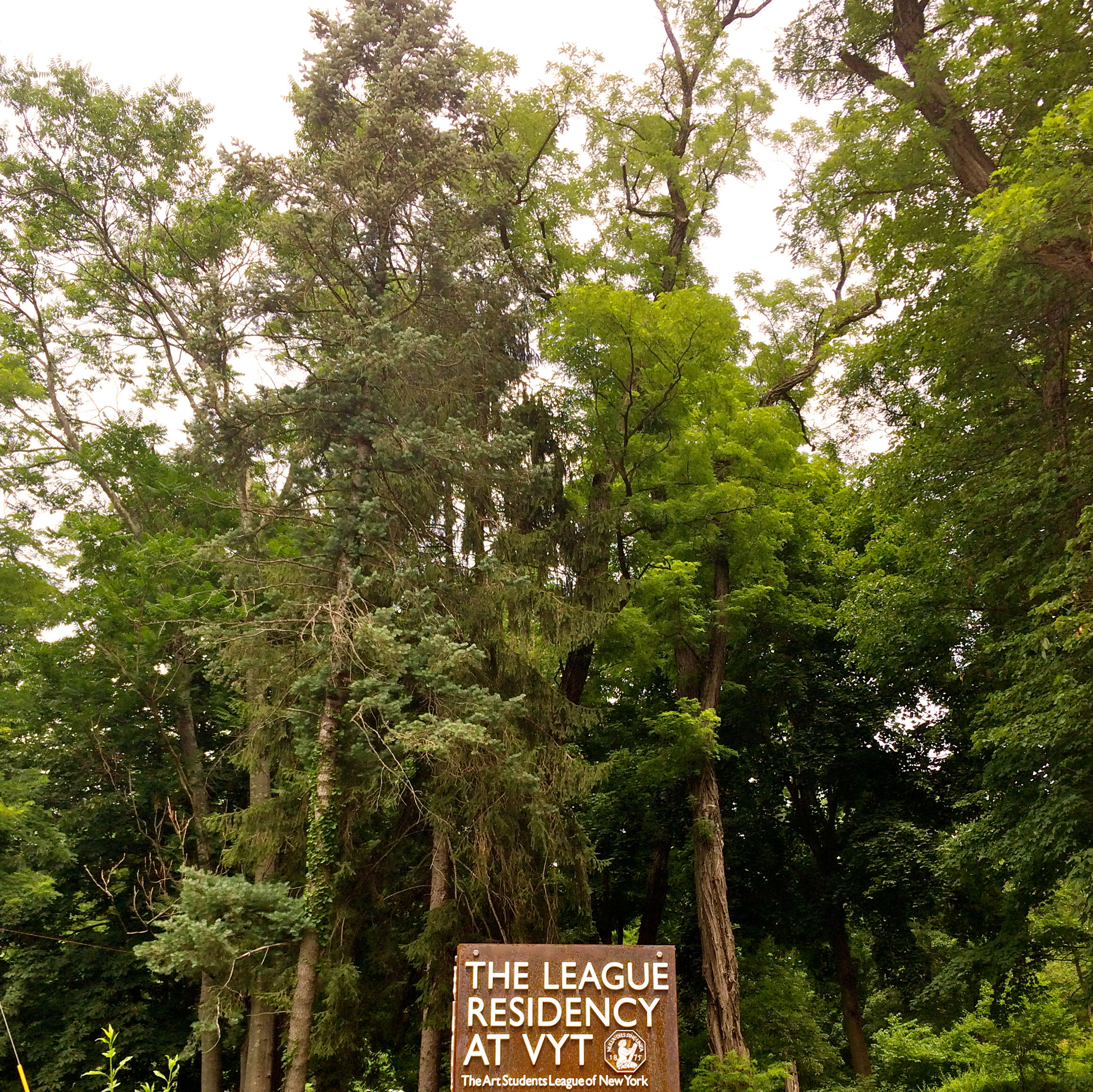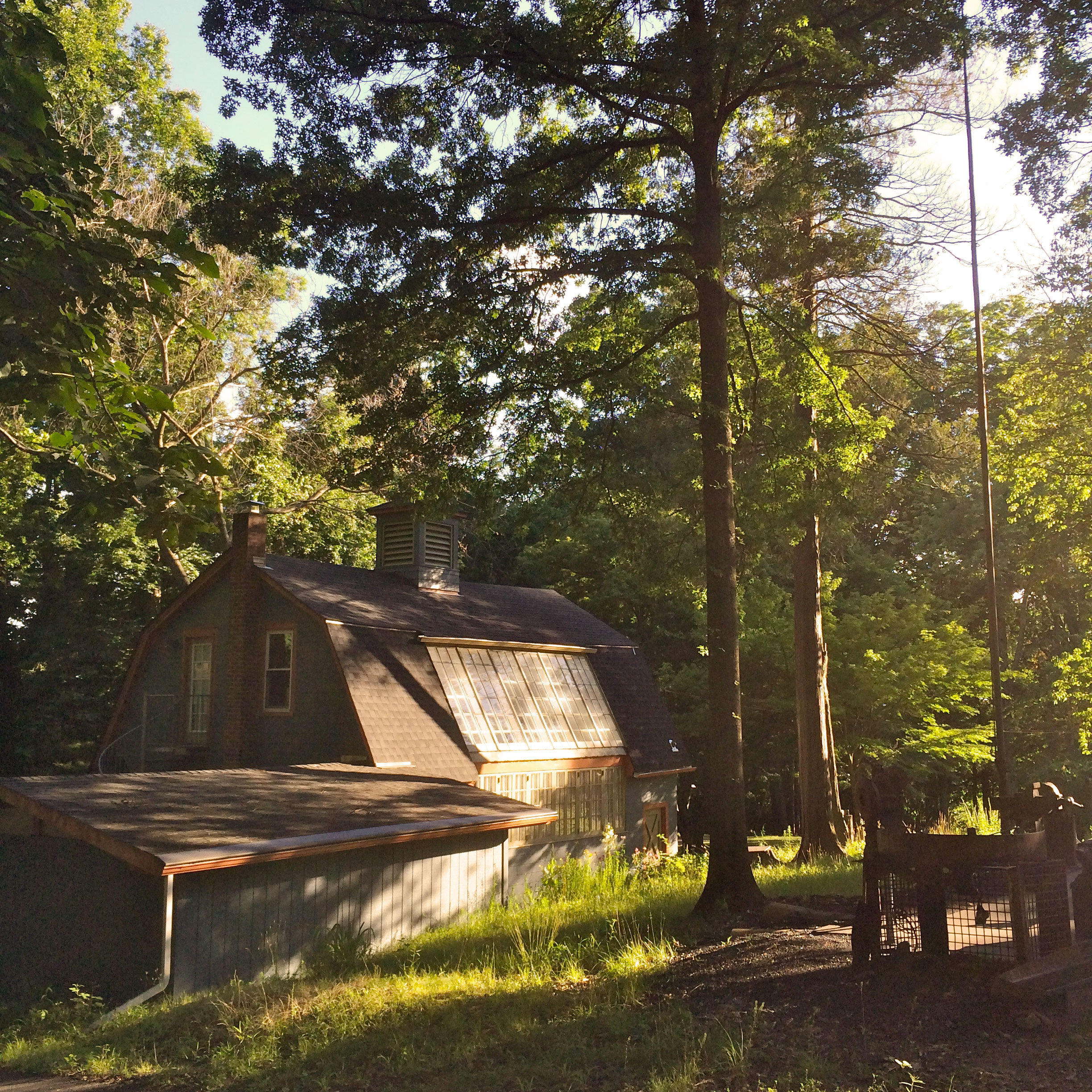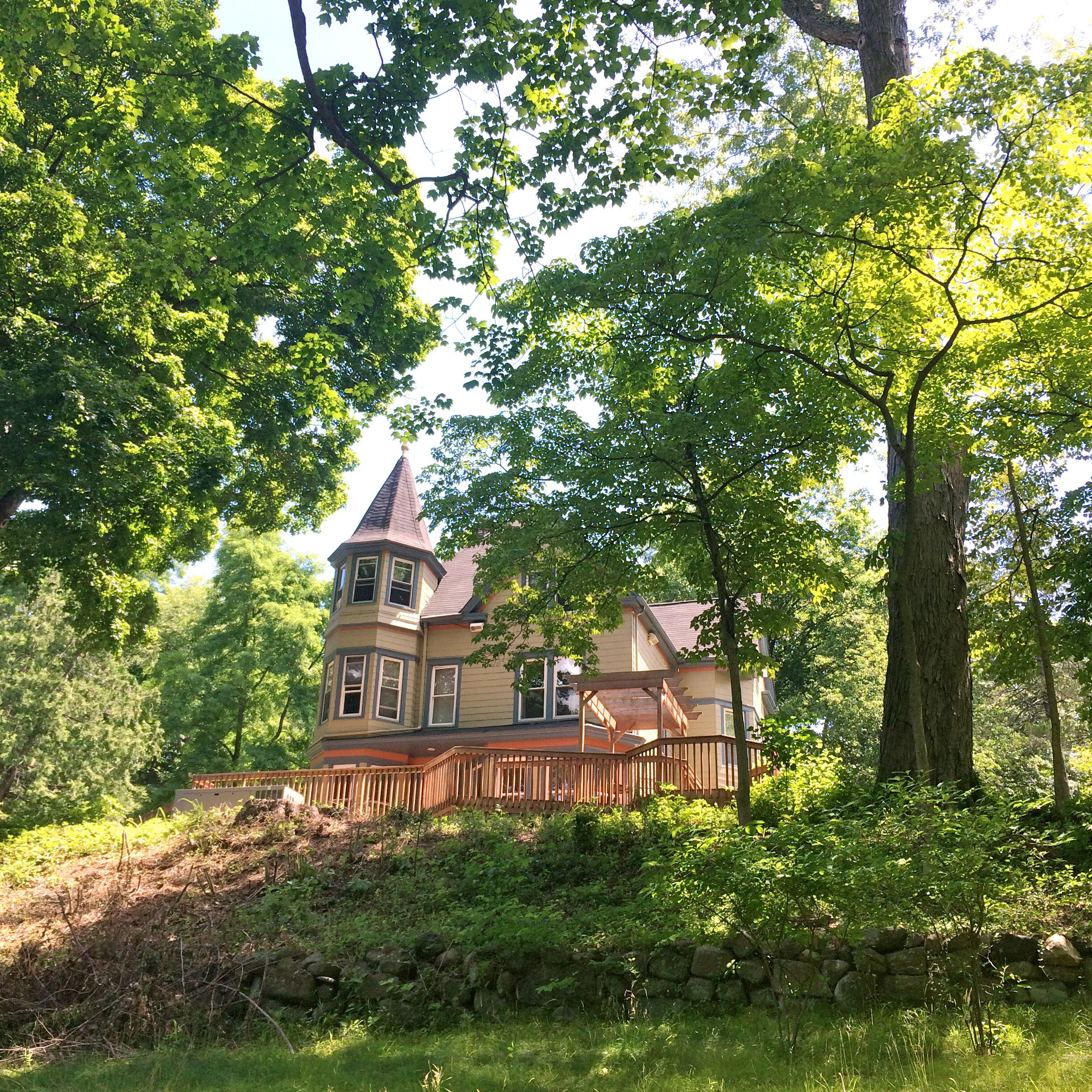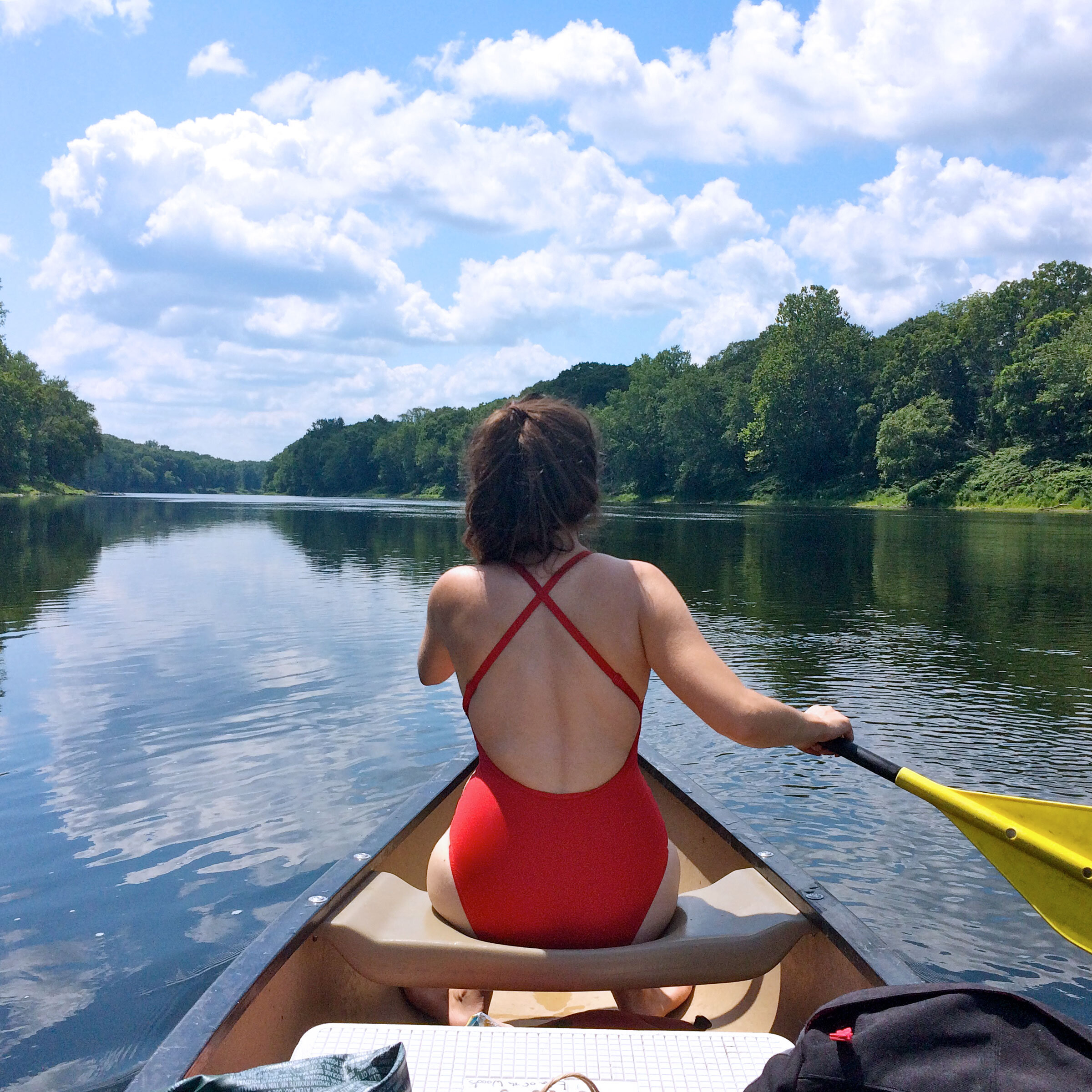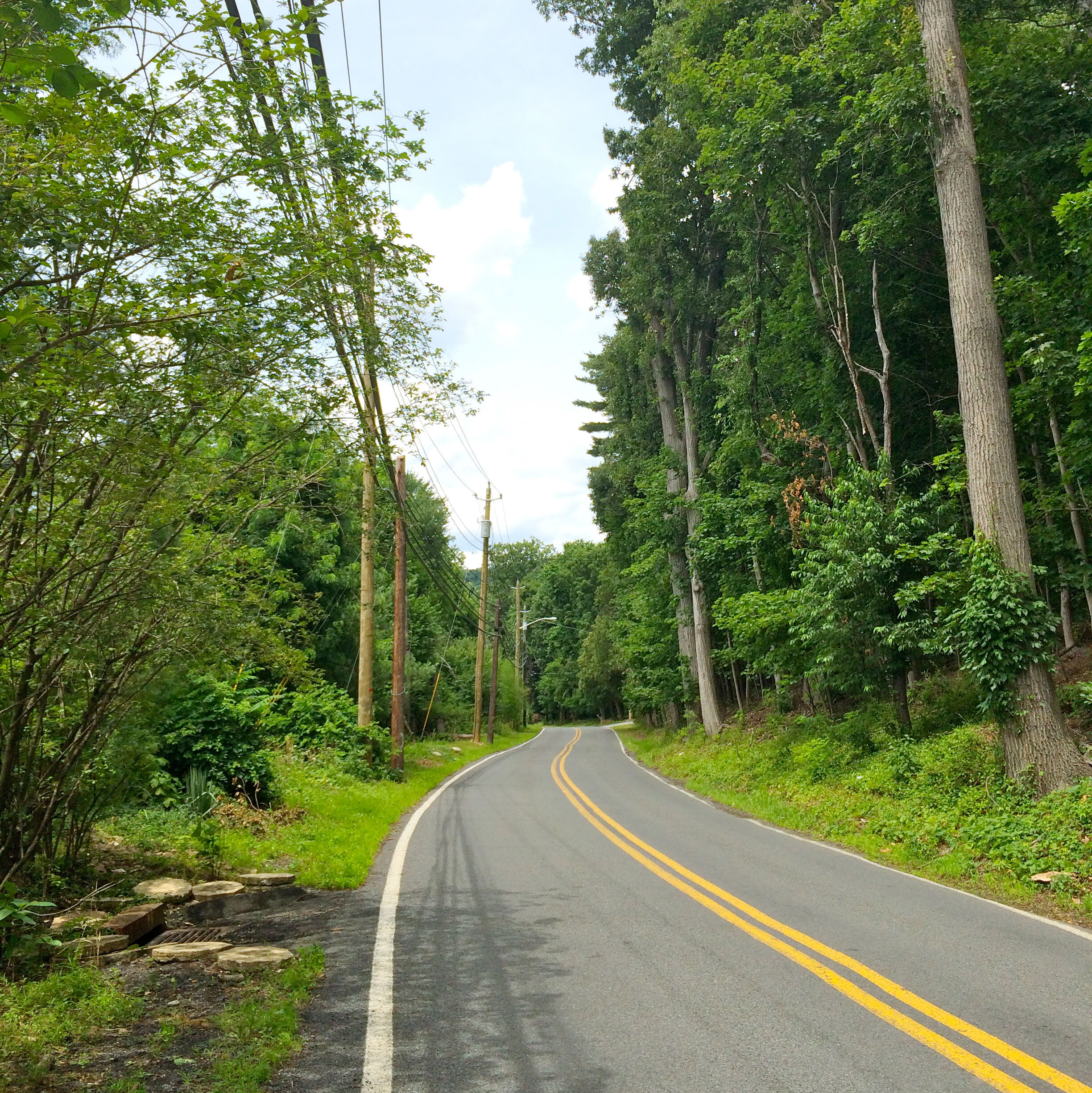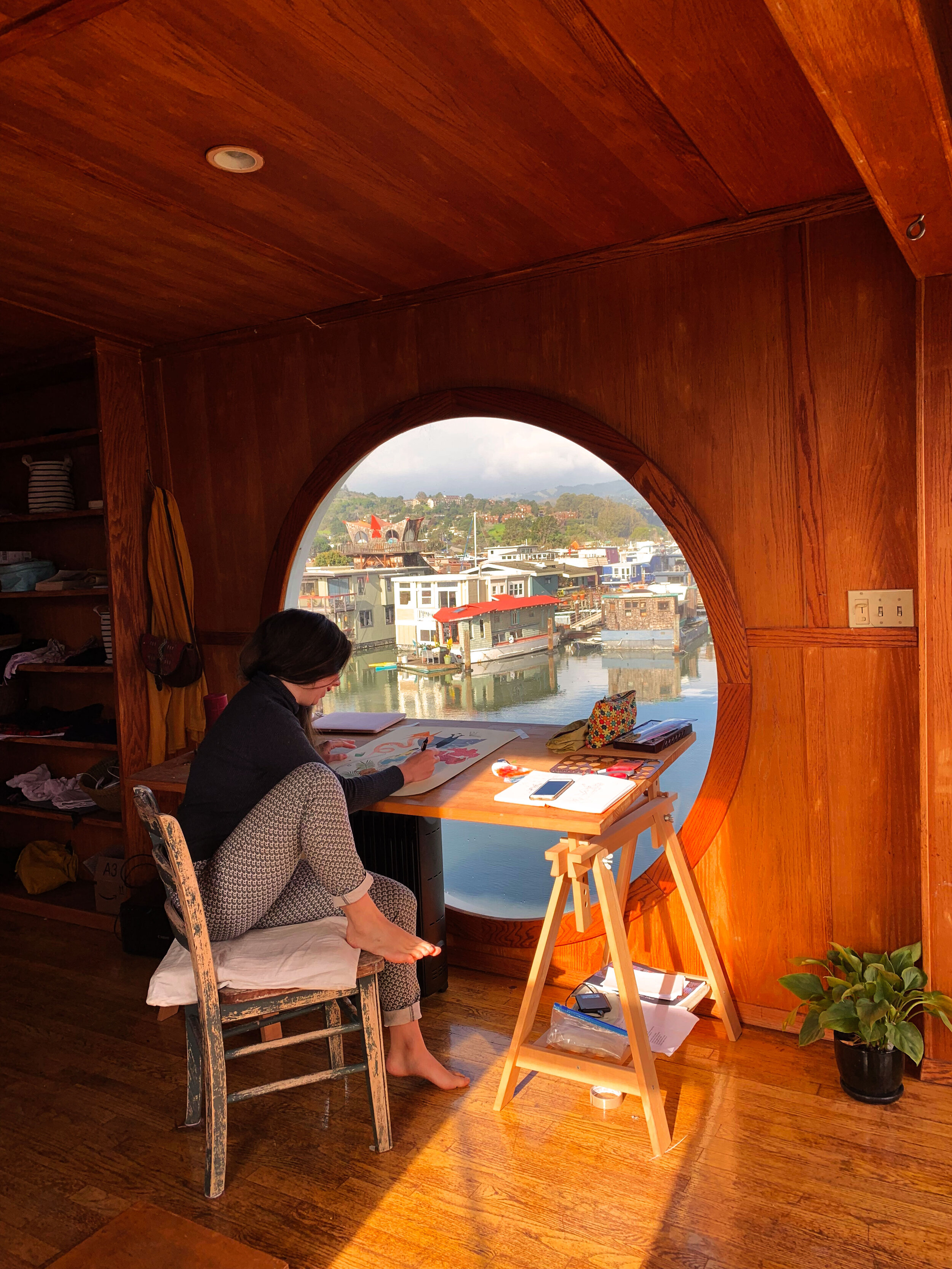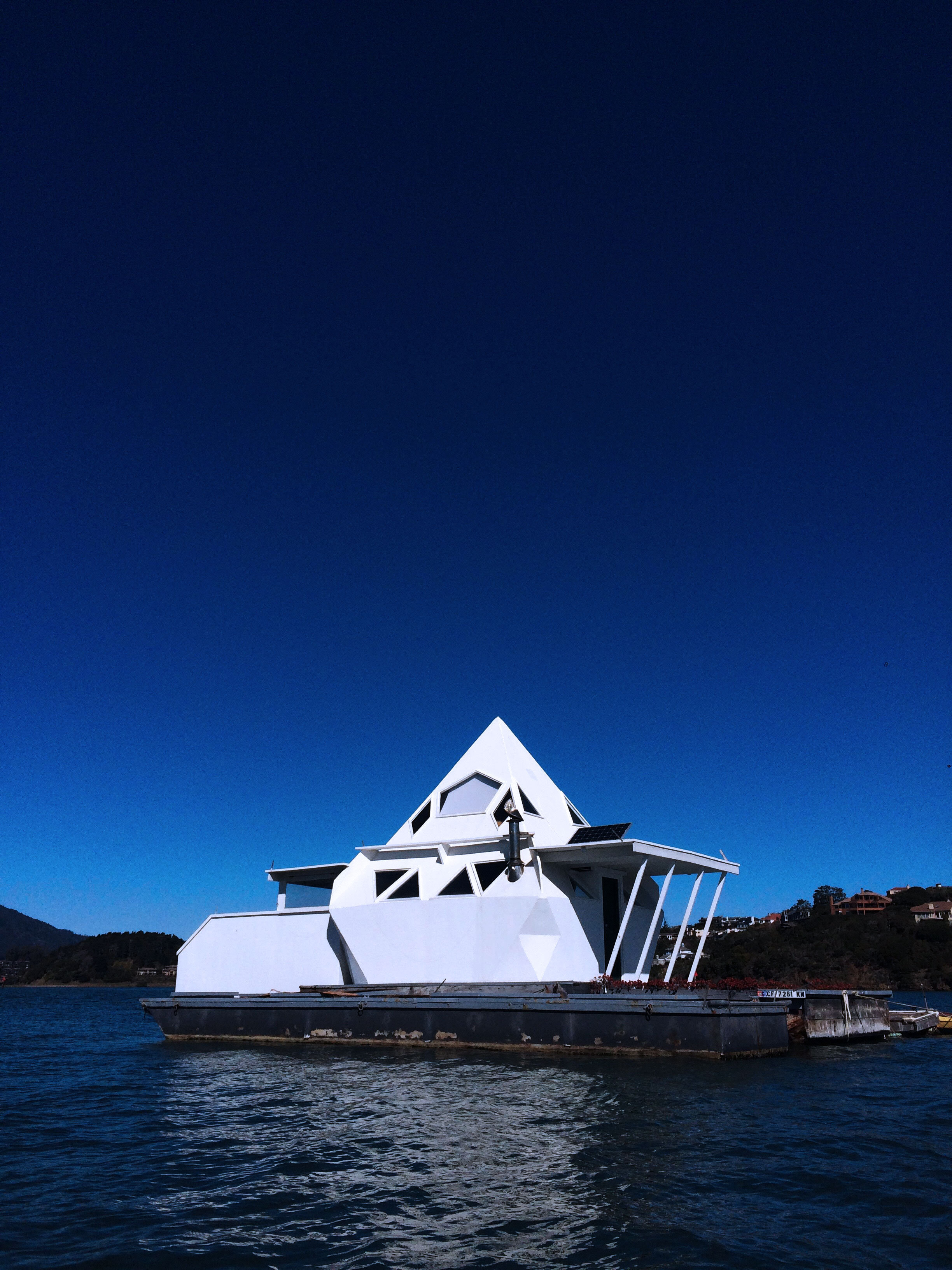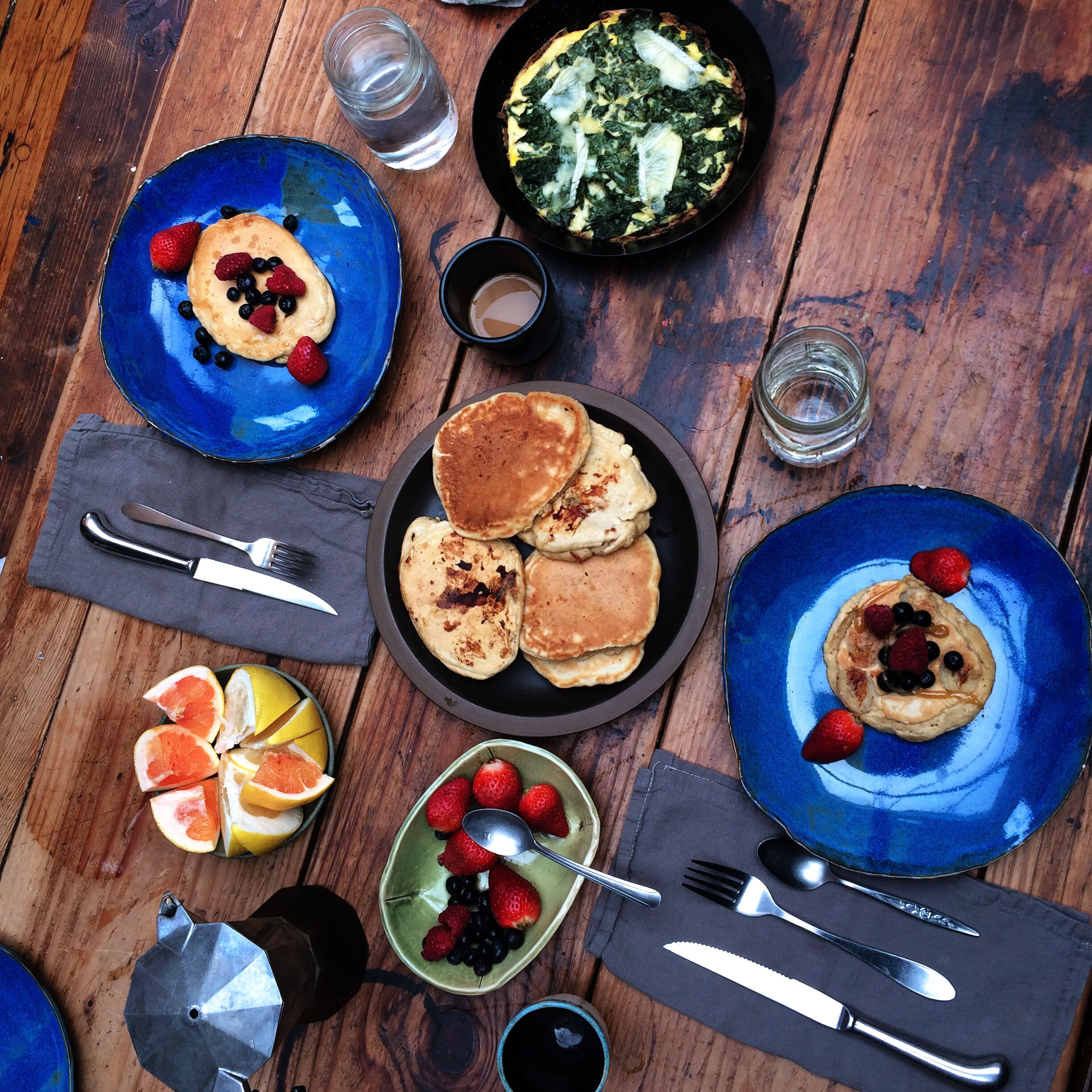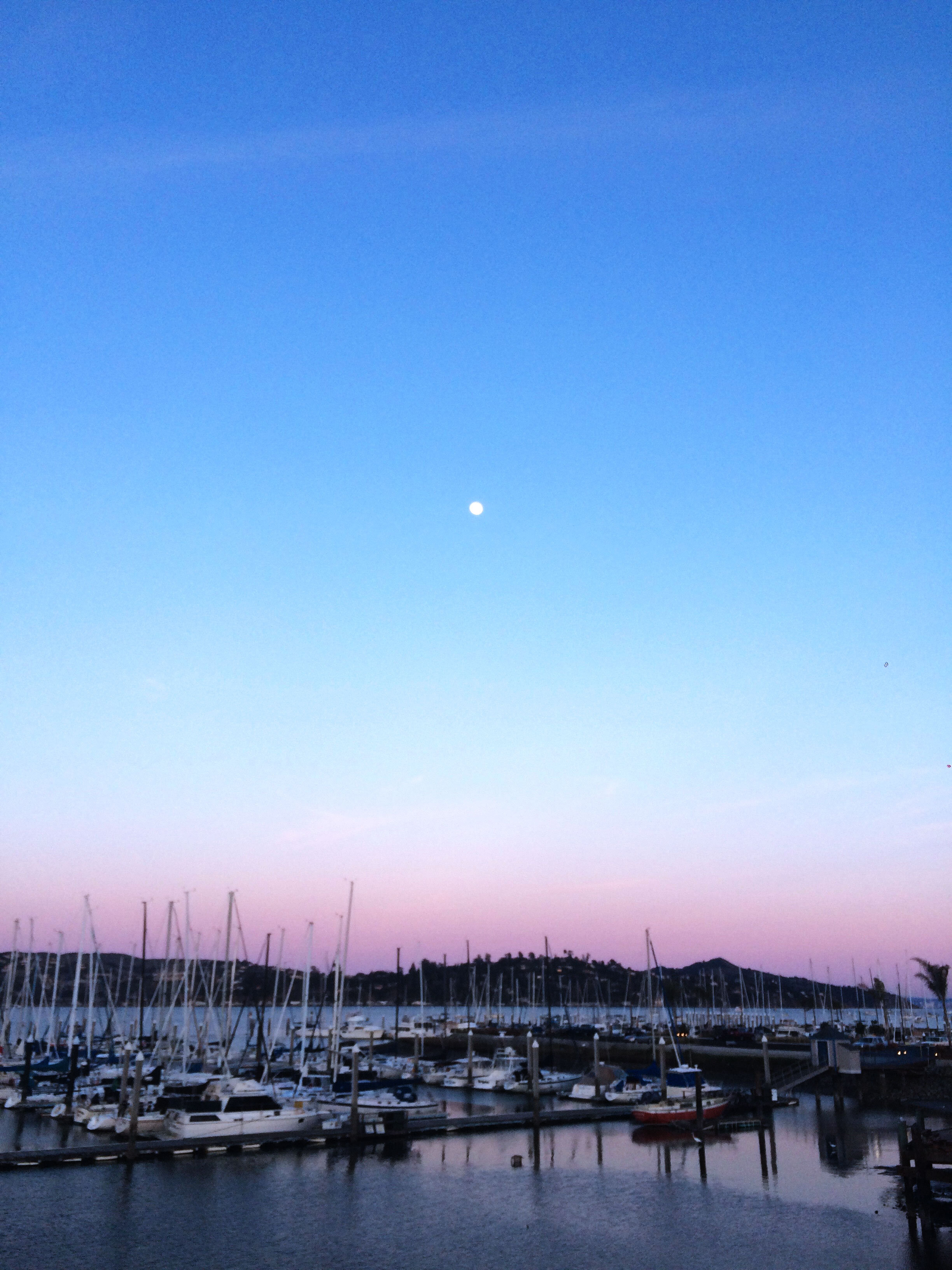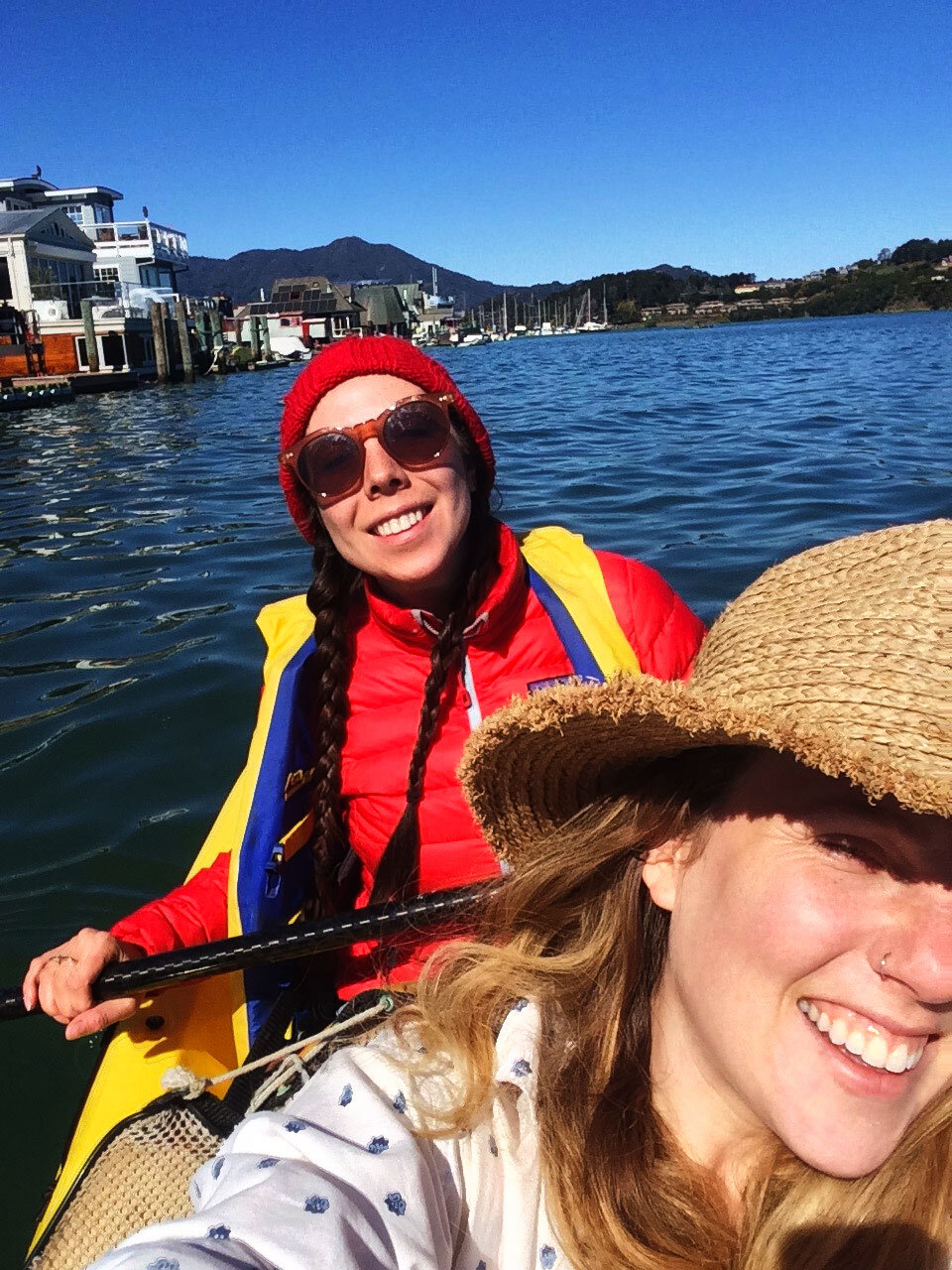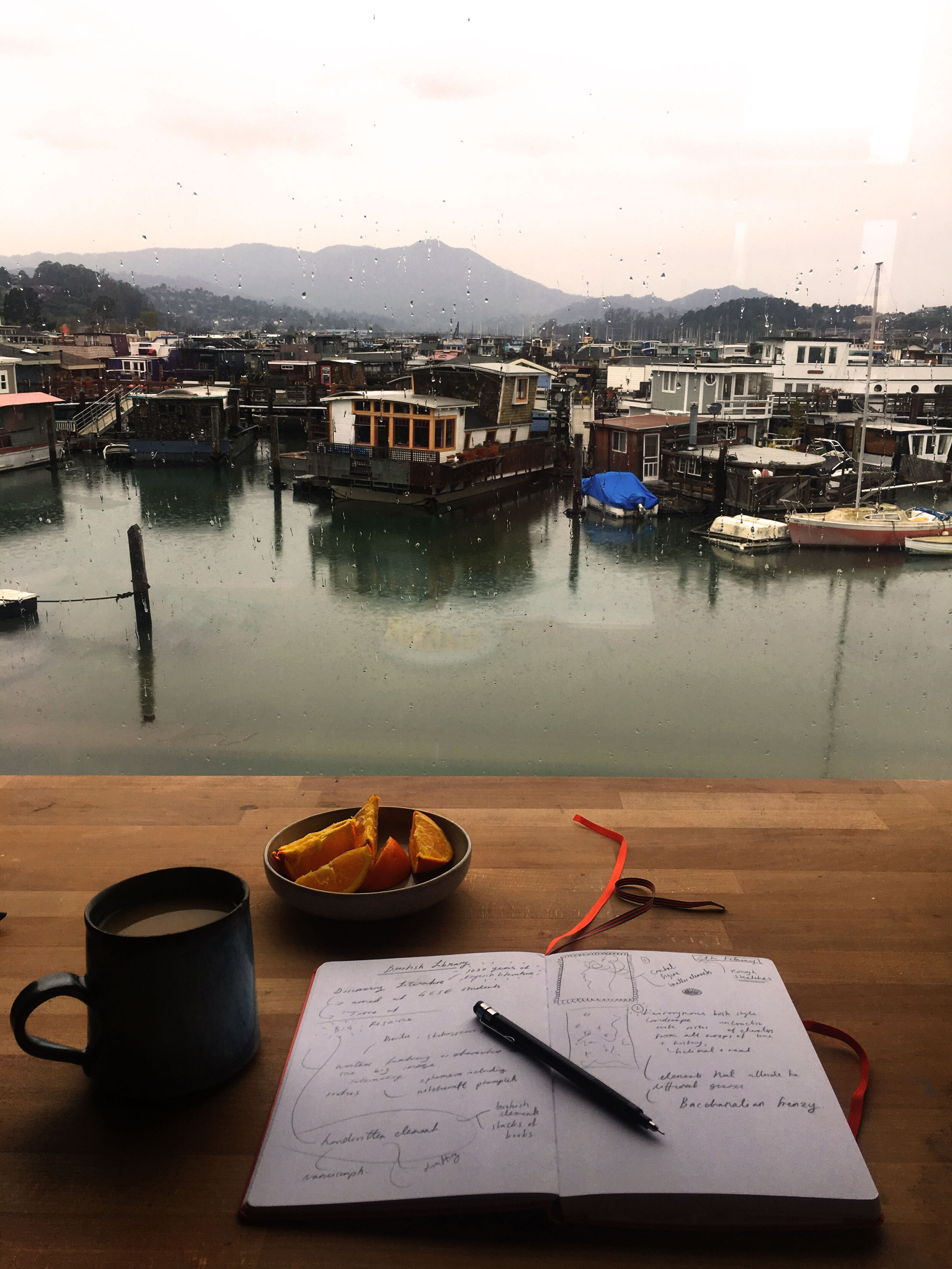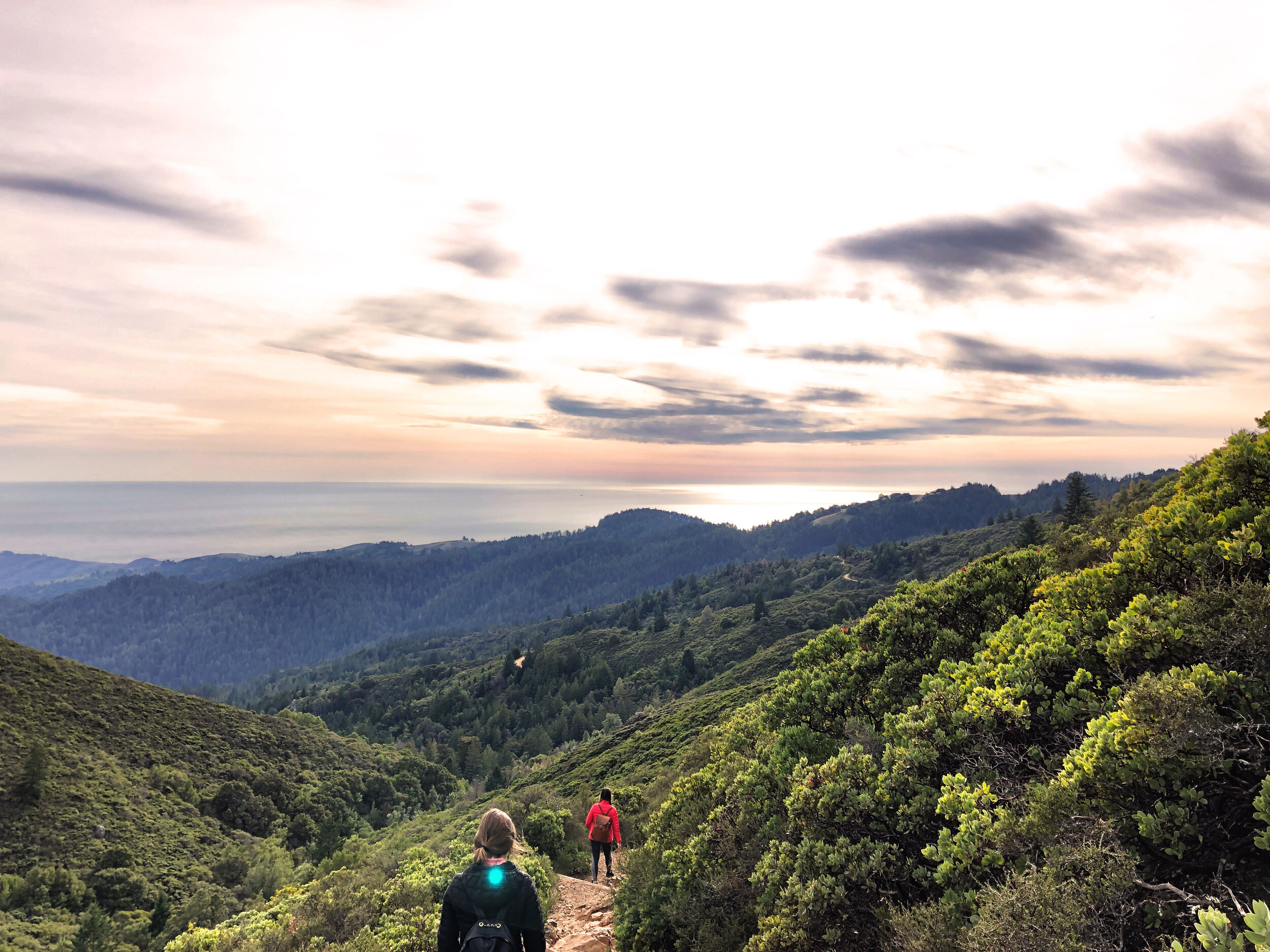Artist residencies: Where to find a program, how to apply, and what to expect
An artist residency can be a wonderful way to work in a new environment, experience life in another country, meet other international artists and gain fresh perspectives. You can apply for many different artist residencies all over the world and the expectations or specifications will vary, so it’s good to get an idea of what’s on offer and to research thoroughly before applying.
Where to look
Some very attractive and competitive schemes offer fully funded scholarships, travel grants, a stipend to live on, or may even cover materials costs. On the other end of the spectrum some placements will operate more like an artists retreat, in which you have to pay to participate and which may not be as financially viable for burgeoning artists. Websites such as ResArtis.org or Arquetopia.org are great places to start searching.
How to apply
Different residencies will have different application specifications. Almost all will require you to send images of your artwork, cv, and also to write a project proposal outlining what you plan to work on while in residence. These expectations can range from making site specific work, running community workshops, holding an exhibition, or having free reign to work on a project of your choice. Some may ask you to donate an artwork at the end of your stay.
Grants & Funding
There are many different funding bodies and grants you can apply for. Travel grants such as The Prince Claus mobility fund supports the cross-cultural exchange of artists and cultural practitioners by offering funds to cover airfare or train tickets.
Travel
If you’re planning to stay for long periods of time in another country you may need to organise a travel visa. So be sure to research your options to find the correct and appropriate visa that meets your requirements.
To avoid travelling with your art materials, you might want to ship them to the organisation before hand. Alternatively you can find the nearest art supply shop to purchase the materials, shortly after arrival.
Motivation
When working in a new environment it can take a while to settle in and adjust. While being in an exciting country will undoubtably be distracting, you might want to allocate some holiday time before arriving at the residency allowing you to take in the scene and see the sights. In my experience getting the travel bug out of your system early on can help you settle into work and focus later down the line.
Be realistic about your own expectations and how much you can achieve while in residence. Being overambitious with your goals can leave you feeling unsatisfied if you don’t reach them. Writing a project proposal beforehand can be an invaluable source to refer to, but you might also want to stay open to new ideas, projects, or collaborations that may arise.
To give you an idea of what to expect I’ve written a short synopsis of my experience as an artist in residence, outlined below.
VYT - Sparkill, New York, USA
For a summer in 2016 I lived in upstate New York as a participant at VYT. I was fortunate to receive their ‘Distinguished Artist Scholarship’ which covered 50% of costs for accommodation and studio space. I had an amazing time working in a barn with the best light, that was far too large for my small scale work. Set against an ancient woodland, there were rumoured bear sightings, and chipmunks ran in and out of the flowerbeds. Chickens also roamed the grounds and would often visit inside my studio. The residency housed seven artists of varied disciplines, including myself, that lived and worked on the premises ranging from one to two months. Throughout the week we would work on self-initiated projects in our individual studios, then on Wednesday’s we were joined by a visiting artist, we held group discussions to critique the work followed by a communal lunch. The residency was named after the painter Vaclav Vytlacil who donated his turreted house, studio barn, and grounds to the Arts Student League of New York, who later went on to found residency.
VARDA - Sausalito, San Francisco, USA
I was fortunate to be invited to apply for VARDA (which operates on an invite to apply basis) and visited for one month in 2018 and then again for three months in 2019. The residency is completely free of charge and held aboard a beautiful houseboat. I had a wonderful time enjoying the slow pace of life afloat the shoreline of Sausalito, which contrasted to the bustle of San Francisco just across the Golden Gate Bridge. The historic wooden lined houseboat was far larger than I expected with spacious open plan communal areas, out of which ladders and hatches led to upper-deck bedrooms and studios. Huge windows looked across from Mt. Tam to San Francisco, which was most beautiful at sunrise or sunset when the sky fell in a gradation of pinks and oranges. It was immensely calming to live on the sea and to feel the pull and ebb of the water. We’d often explore the maze-like houseboat community using a little rowing boat or kayak. Curlews and herons hunted at low tide and seals sunbathed like soft bananas on the dock of the bay. Living on the boat with other international artists was a bonding experience and magical friendships emerged. The female only residency housed five artists, ranging from one to six months. Artists were very much left to their own devices, as there were no prior stipulations or criteria of what artwork to make. On my second visit, I went for three months which included a voluntary role of helping manage the residency in exchange for the stay. Historically the boat, named the SS Vallejo, was a passenger ferry used to transport hundreds of people and after it was decommissioned it was purchased by eccentric Greek artist Jean Varda. It was later co-owned with British philosopher Alan Watts and during the 1960’s and 1970’s it became a meeting place for alternative thinkers, artists, and leading figures of the San Francisco counterculture including Maya Angelou, Timothy Leary, Jack Kerouac, and Alan Ginsberg.
Update: VARDA has unfortunately closed it’s doors as an artists residency.

